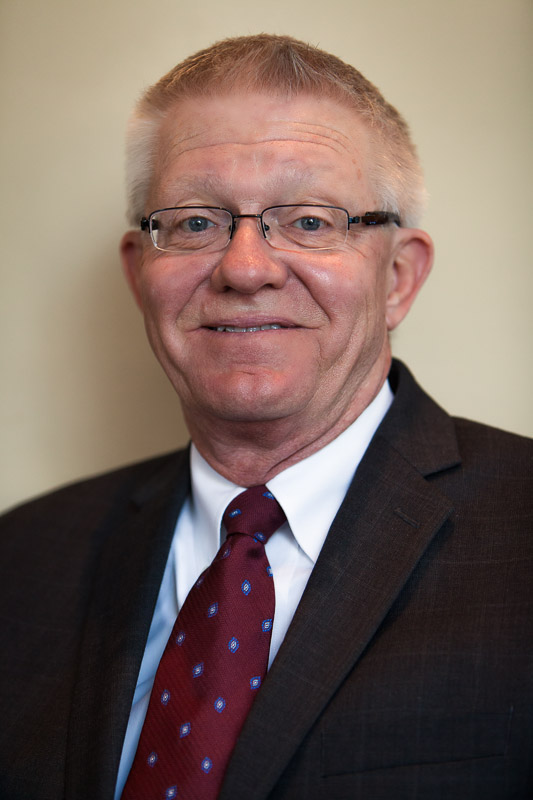Dozens of lawyers won their first elections as judges this month, and they will soon experience the sensation of viewing the courtroom from the other side of the bench and hearing the words “your honor” directed at them.
will soon experience the sensation of viewing the courtroom from the other side of the bench and hearing the words “your honor” directed at them.
In about half the states, including my home state of Illinois, voters elect some or all trial court judges, sometimes after rough-and-tumble campaigns making them household names. These new judges may not have given it much thought, but many of them will begin their judicial service largely out of the public view. They’re not going to preside over headline-grabbing murder trials or referee disputes involving multi-million dollar lawsuits.
Many of the judges-elect, instead, will preside over juvenile court, the one courtroom in most jurisdictions where the public and press are not welcome and a good number of the accused aren’t old enough to shave.
Why do so many new judges begin their careers in juvenile court?
Once elected or appointed to the bench in Illinois, the local Chief Judge assigns a judge to a particular caseload or call. Often, the Chief Judge assigns new judges to juvenile court duties precisely because it is out of the spotlight. It’s a good place for a first-time judge to hone listening skills and to learn how to manage a courtroom. Some judges are eager to get juvenile court behind them and move on to adult trials. Others, like me, maintain a connection to juvenile court throughout their careers.
My own judicial career began in 1984 in a small Illinois county closer to Kentucky than Chicago. I handled every matter, from juvenile to traffic court, from shoplifting to felony cases. Nearly two dozen years later when I retired as Chief Judge of Illinois’ Second Judicial Circuit, I still was presiding over juvenile court. Like many other judges, I had discovered the challenges and rewards of presiding over juvenile trials, and I felt it was important to maintain that connection.
Juvenile court has its share of frustrations and heartbreak but also the potential for great reward, especially in a small community like mine where you see the same teenagers grow into men and women and begin to raise their own families. Of course, not all live “happily ever after” and instead spend their lives going in and out of adult prisons.
Many times I would go home after a day in juvenile court and think over and over again about the young people who had been in my courtroom and too often wished I could have ordered an alternative short of a juvenile prison. Even though juvenile court judges have a wide range of options, the best match for the crime and the teen isn’t always available, especially in rural jurisdictions where public funds are limited and not all therapies are offered.
Even if the child’s crimes were not violent, prison sometimes was the only way the child might find the counseling and therapies to change that behavior. But rehabilitation in prison was no guarantee, did not involve families and put the youth in contact with some of the state’s most violent and troubled teenagers.
Fortunately, that lack of options began to change my last year on the bench.
The counties in my circuit were chosen to be one of the four pilot sites for a new state program, Redeploy Illinois. In exchange for our promise to send fewer young people to the state prison system, Redeploy Illinois provided funding we needed to reach our youth before their behaviors worsened. The local stakeholders – judges, prosecutors, public defenders, law enforcement, and many other community leaders – work together on the program.
Redeploy Illinois has made it possible to assess and screen all youth referred by the court or probation officers. Once we know what services are appropriate to meet each youth’s needs, they attend therapy sessions, sometimes in their homes and they are sent to residential mental health or substance abuse treatment when necessary.
The Redeploy Illinois program requires participating counties to agree to reduce commitments to juvenile prison by 25 percent in exchange for new state funds for local youth services. Statewide, the Redeploy counties have reduced commitments by 51 percent — more than doubling the target and allowing the state to avert more than $40 million in potential incarceration costs. The results in my Second Judicial Circuit mirror the statewide results. Since 2005, we have reduced eligible commitments by 51 percent and provided services to more than 600 youth in our circuit.
Of course, we’re not the only state to have grasped the cost effectiveness and rehabilitation success of state funding for such local services. The piloting of Redeploy Illinois was based in part on the RECLAIM Ohio program, and financial crises have caused additional states to offer help to divert young non-violent offenders from expensive prisons where rehabilitation too often is an afterthought.
Unfortunately not every county has access to Redeploy Illinois services yet. But the proven cost effectiveness should help convince state leaders to expand the program. If that happens, many of those incoming juvenile court judges will one day want to pull senior rank and remain in juvenile courtrooms.
Judge George W. Timberlake, Ret., has served as Chair of the Illinois Juvenile Justice Commission, since his appointment by Illinois Gov. Pat Quinn in January 2010, and he is an alternate member of Federal Advisory Committee on Juvenile Justice. He was a trial court judge for 23 years prior to his 2006 retirement as Chief Judge of Illinois’ Second Circuit, which is comprised of 12 counties in southeastern Illinois.































